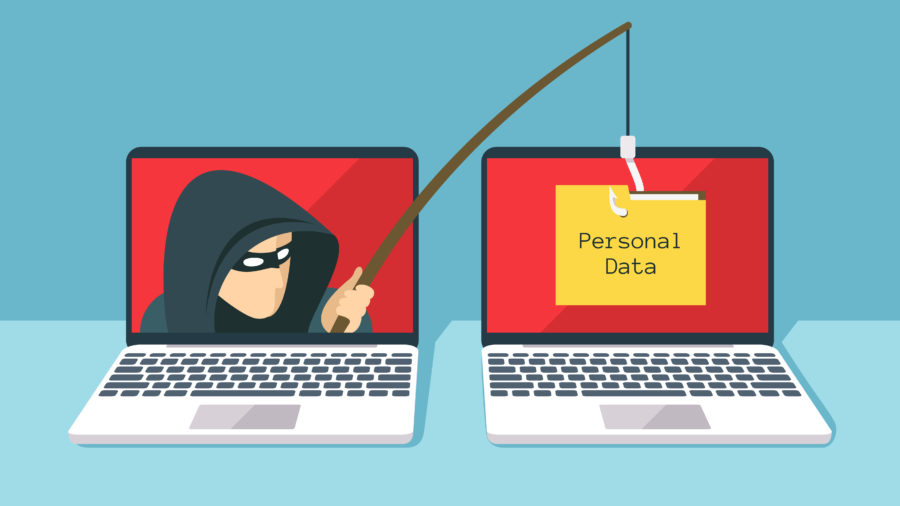What is phishing?

Definition of phishing: a scam by which an Internet user is duped into revealing personal or confidential information which the scammer can use illicitly.
A simple definition, and a too often used technique by cybercriminals to steal and gain information from individuals and companies. One of the most alarming points about phishing is the pure scale of effect it can have on anyone. From bulk phishing being used to target a more general audience, with the usual goal of quick money on the mind, to spear phishing, a more targeted approach, in which the hacker uses the information they may have learnt about your company or your employees to give a more “legitimate” message to their victim. The most common phishing technique is based on email with “94% of malware was delivered via email.” According to Verizon’s Data Breach Report from 2019. This figure continues to show the notion of emails being their main port of call when attempting to phish; although other platforms such as phone calls or text and social media messages are also active areas these criminals use in their malicious actions.
So, now we lead to an important point, how to avoid phishing attacks and protect your information.
Phishing Tip 1: Spelling Mistakes
Would your bank really misspell the company name? An easy spot is spelling mistakes in these phishing emails, but do keep in mind some phishers may be smarter and use those spear phishing techniques we talked about to use either your own or your companies information against you.
Phishing Tip 2: Do Not Click Unless You’re 100% Sure It Is Legitimate
Have you been expecting an email from one of the higher-ups at your company asking for company info? Or a message from your friend about how cheap they got a computer for? Use your knowledge and sense to determine whether the email you’ve received is something that is reality, all it takes is a click on a link and they’ve hooked you in.
Phishing Tip 3: Check What Email Address Was it Sent From
Realistically, the email address of a companies director or technical team shouldn’t have several digits and special characters in their name. If you are ever uncertain, check and check again. Phishers will try to scaremonger you into clicking or giving information, so make sure it is the actual person’s email address before anything else.
Phishing Tip 4: View Your Spam Folder With Caution and Report Emails If Needed
Your spam folder is there for a reason, it automatically detects those dodgy emails you may receive. We do understand sometimes you’re sat waiting for an email that hasn’t shown up, so you check the spam box. But, do this with the utmost caution, as the further we develop online, the further hackers, data hunters and cybercriminals develop their dangerous abilities. You are also able to report any emails as spam, so if you are ever sent something you don’t think is safe, but it wasn’t in your spam folder, just send it to the depths, and it shall not bother you again!
The JoMo Webmail service helps in helping you avoid these phishing emails, as we keep track of how many of the emails you receive are “spam”, so you can stay extra safe when viewing your inbox.
If you’re interested in a webmail service where your safety is the priority, click to sign up or find out more about us.
0 Comments